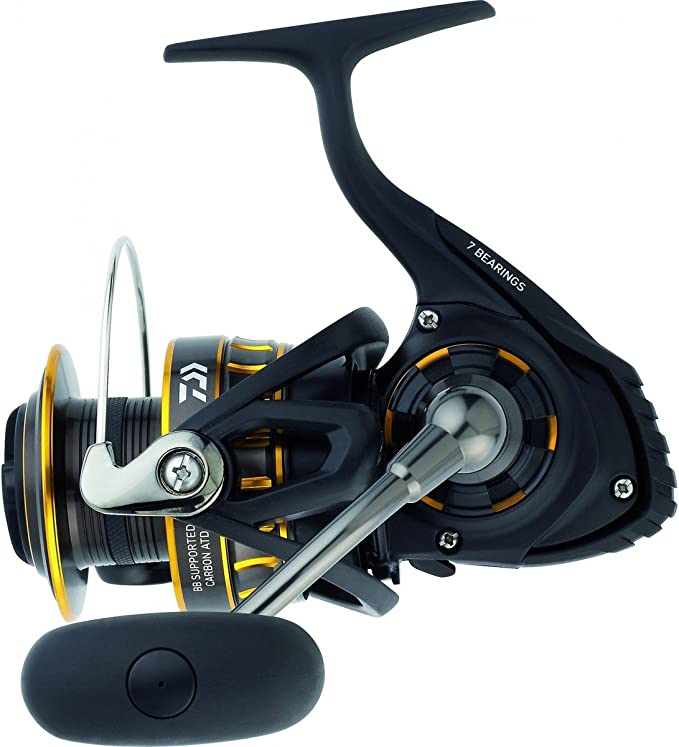Triple Bristle Duo | Sonic Toothbrush for Couples & Families | 3-Sided Cleaning
Update on Aug. 4, 2025, 3:11 p.m.
Our quest for clean teeth is a story as old as civilization itself. Ancient Babylonians used “chew sticks”—frayed twigs—to scrub away debris, a practice that persisted for millennia. The first bristle toothbrush, an invention of Tang Dynasty China, used coarse hog bristles set into bone. For centuries, the fundamental design remained the same: a flat plane of bristles requiring skill, diligence, and a bit of luck to be effective. But the enemy it fights is far more sophisticated than simple food particles. The evolution of this humble tool into a piece of modern technology is a fascinating tale of science grappling with a microscopic, yet formidable, foe.

That foe is plaque. To call it “leftover food” is a vast understatement. Plaque is a biofilm, a complex, organized city of bacteria thriving on the surfaces of your teeth. Encased in a sticky, self-produced slime layer, this microbial metropolis is stubbornly resilient. Within this city, bacteria like Streptococcus mutans feast on sugars from our diet, releasing corrosive acids that demineralize tooth enamel, leading to cavities. If left undisturbed, this biofilm hardens into tartar and creeps below the gumline into the critical space known as the gingival sulcus, leading to inflammation (gingivitis) and potentially severe gum disease. The challenge has always been how to effectively dismantle this fortress daily.
For decades, dentists have taught the Bass brushing technique as the gold standard. It requires angling the brush at a precise 45 degrees to the gumline, using gentle, short strokes to allow the bristles to sweep plaque out from that crucial sulcus. It’s effective in theory, but deeply flawed in practice. In the hurried reality of a morning routine, maintaining that perfect angle across every surface of every tooth—especially the hard-to-reach inner and back surfaces—is a feat of manual dexterity most of us rarely achieve. This is not a failure of willpower, but a limitation of human ergonomics.

This is where modern engineering offers a more elegant solution. The advent of the sonic toothbrush marked a paradigm shift, moving beyond mere mechanical friction. A device like the Triple Bristle Duo, with its 31,000 vibrations per minute (VPM), doesn’t just scrub; it leverages a principle of physics called fluid dynamics. The high-frequency vibration agitates the surrounding water and toothpaste into a state of powerful turbulence. This creates two phenomena: acoustic microstreaming, a powerful current that flushes out areas beyond the physical reach of the bristles, and cavitation, where tiny bubbles form and collapse, releasing bursts of energy that disrupt plaque colonies. It’s less like a broom and more like a microscopic pressure washer for the tight spaces between teeth and along the gumline.
Taking this principle a step further, the Triple Bristle Duo addresses the 45-degree problem head-on with its core innovation: a patented, 3-sided brush head. Conceived by a practicing dentist, Max Babiner, DMD, who understood the gap between clinical advice and patient reality, the design is a marvel of applied science. The three flexible brush heads are permanently angled at the ideal 45 degrees. As you guide the brush, it automatically cradles each tooth, simultaneously cleaning the front, back, and chewing surfaces.
The design effectively automates the most difficult part of the Bass technique. It removes the guesswork and inconsistency, ensuring that every tooth gets the benefit of the correct angle, every time. This is why users report a uniquely profound sense of cleanliness. As one reviewer noted, it does a “better job especially under the gums,” hitting the very target the Bass method aims for but often misses. It’s an engineered solution to a biomechanical problem. While some users mention it “takes a minute to get used to” the novel sensation of a brush hugging their teeth, the consensus is that the result is a clean that feels fundamentally different.
A truly effective tool, however, is part of a larger system. The Triple Bristle Duo complements its core design with features that promote better habits. Three distinct cleaning modes—High, Soft, and Massage—cater to individual needs, from vigorous cleaning to gentle care for sensitive gums. A built-in two-minute timer, which pulses every 30 seconds, guides users to brush for the dentist-recommended time and to give equal attention to all four quadrants of the mouth. The inclusion of a tongue scraper on the reverse of the head is a nod to holistic oral health, acknowledging that the tongue is a major reservoir for bacteria that cause bad breath.

Of course, no tool is without its maintenance requirements. A common concern with complex brush heads is cleanliness. Because the three heads are fixed, it’s crucial to rinse the unit thoroughly under running water after each use to dislodge any residual paste or debris, a practice recommended for any electric toothbrush. This simple step ensures the device remains a hygienic tool, not a “moist petrie dish,” as one candid user feared. Similarly, while the product is built to last, some users have reported the battery life diminishing after a couple of years, a common reality for many rechargeable electronics.
Ultimately, the Triple Bristle Duo stands as a compelling example of how technology can enhance human wellness. It doesn’t just vibrate faster; it rethinks the fundamental interface between a tool and the body. By embedding the principles of dental science directly into its physical form, it closes the gap between what we should do and what we can do. While it will never replace the necessity of interdental cleaning with floss or the critical eye of a dental professional, it represents a smarter, more efficient weapon in the timeless, daily war against plaque—a piece of the future, right in the palm of your hand.







































